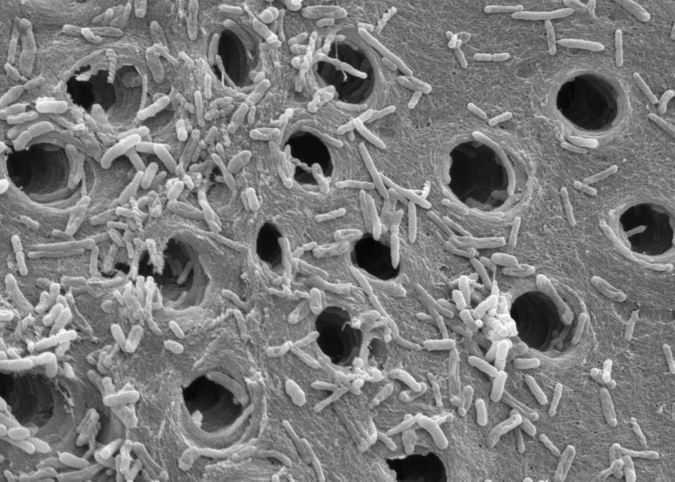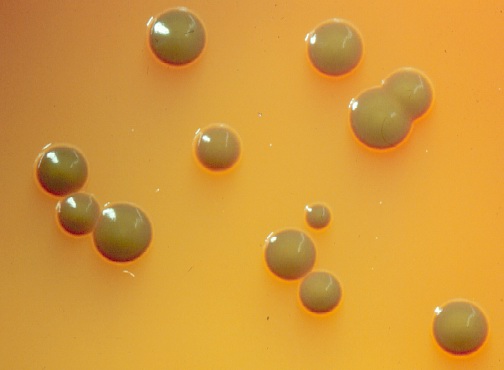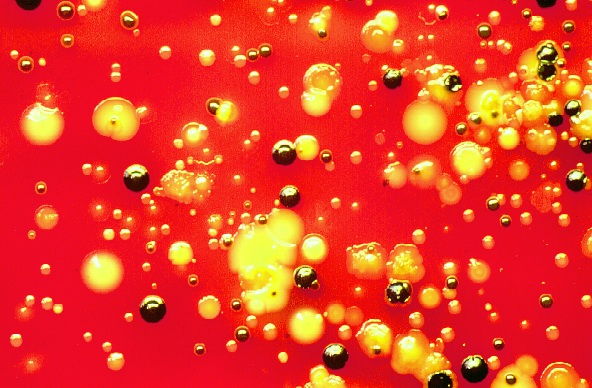Microbiology of apical periodontitis






Microbial infection of the root canal system is the main etiological factor in apical periodontitis. Only rarely may apical periodontitis be caused by other factors such as severe occlusal interference which may cause apical inflammatory reactions and limited bone resorption.
Primary apical periodontitis is caused by a polymicrobial infection, dominated by anaerobic bacteria. Anaerobes are present in 80 - 95% of cases, while facultative facteria such as streptococci are found in 30 - 50% of cases. Typically, 3 - 10 different species are found in one case; monoinfections are extremely rare in primary AP. The microbial species in primary AP originate from the oral flora, particularly from the gingival crevice/periodontal pocket. Enteric bacteria or yeasts are not often found in primary AP. A minority of cases of primary AP are symptomatic. The presence of certain anaerobic species correlates with the presence of symptoms.
There are several important differences in the composition of the microbial flora between cases of primary AP and secondary AP, i.e. previously root filled teeth requiring retreatment because of recurrent or developing apical periodontitis. In the latter, monoinfections are more common and anaerobes are isolated less frequently. The most important difference is the frequent presence of enteric bacteria and even yeasts in retreatment cases. Enterococcus faecalis is the dominating organism and is present in ca. 50% of the retreatment cases.